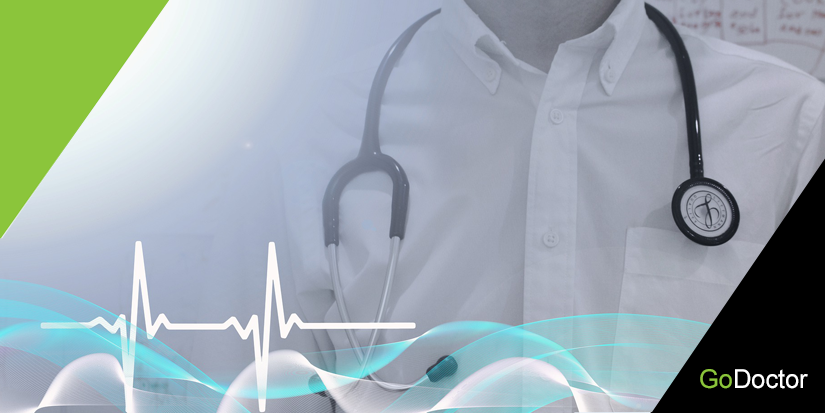Software for electronic health records (EHR)
Hospitals and clinics utilise EHR software, which is one of the most common (if not the most popular) types of software. It’s comparable to a CRM in many respects, but it’s tailored to the medical sector.
EHR software gathers data about patients, such as what medications they take, what physicians prescribe, and what treatments they’ve had in the past.
Many solutions also contain a billing and payment module, as well as a patient portal that allows patients to view their consultation history, medical data, and medications.
The following are the two most common types of EHR software:
• EPR (electronic patient record software) – utilised by hospitals to store and process patient data internally.
• Electronic medical record software (EMR) – used to store information such as drug kinds and dosages, previous and scheduled procedures, and information on a patient’s recovery.
Software for medical databases
Medical database software maintains patients’ histories and treatment plans in the same way as EHR software does. Unlike EHRs, however, the database is organised by illness rather than patient profiles.
Doctors benefit from medical database software in two ways:
• Making better treatment options by comparing a patient’s condition to others in a similar situation.
• Reviewing clinical instances of an illness to educate oneself.
Software for medical research
Medical research software serves two purposes: teaching and sharing of findings with the medical community. If no analogous clinical instances among patients can be referenced internally, this type of software is often used to teach medical professionals and to support diagnosis.
Software for medical diagnostics
Doctors can use medical diagnostic software to share anonymised patient records and fill in any knowledge gaps that hinder them from making an accurate diagnosis. Artificial intelligence (AI) is frequently used in this sort of software to evaluate all available patient data and provide possible diagnoses.
Medical diagnostic applications are also accessible for people. Users may utilise these applications to see if their symptoms necessitate a trip to the doctor. During the COVID-19 epidemic, diagnosis applications like this were more popular.
Software for medical imaging
The majority of medical imaging and visualisation software is used to process MRI/CT/PET images and create 3D models.
• Human anatomy 3D modelling is possible using medical 3D imaging software. Medical technicians can use such tools to generate customised models for particular patients. Before a scheduled orthodontic treatment, 3D modelling software is used to create and print a real-life model of a patient’s teeth.
• Creating and printing machines or bodily components. This programme is used to print portions of medical equipment or body parts, like as prosthetic limbs or coronary stents for heart surgery.
Software for e-prescribing
Electronic prescriptions are becoming increasingly common in more nations throughout the world, which means e-prescribing software is becoming a must-have for doctors.
Medical practitioners may use the programme to keep track of, renew, and cancel prescriptions for their patients. It connects to national drug reference databases as well.
Software for telemedicine
Telemedicine is a burgeoning business, with a market value of $64 billion anticipated by 2025 – and that’s just for the US! Its popularity stems from its ease of use for both doctors and patients.
Telemedicine software allows doctors to schedule visits with patients through the internet, either through a web browser or a mobile app. The video conferencing function is sometimes combined with e-prescriptions and a billing module in some applications.
Software for scheduling (booking) appointments
Hospitals, clinics, and medical offices can use booking software to manage their appointment systems online. In most cases, the programme includes a patient panel that allows users to arrange appointments via an app or website.
It frequently includes an email notification system as well as automatic appointment reminders for physicians and patients.
Software for medical billing
This software aids accounting departments in keeping track of patient bills, payments, and other financial transactions. It’s frequently incorporated with larger systems, such as electronic health records (EHR) or hospital administration software.
Hospital administration software
Hospital management software aids in the day-to-day operations of the hospital. Accounting, medical billing, claims, out-patient management, inventory, bed management, and other tasks are generally automated with these applications.
Hospital management software frequently interacts with EHR software to assist maintain track of patient records at the same time.






